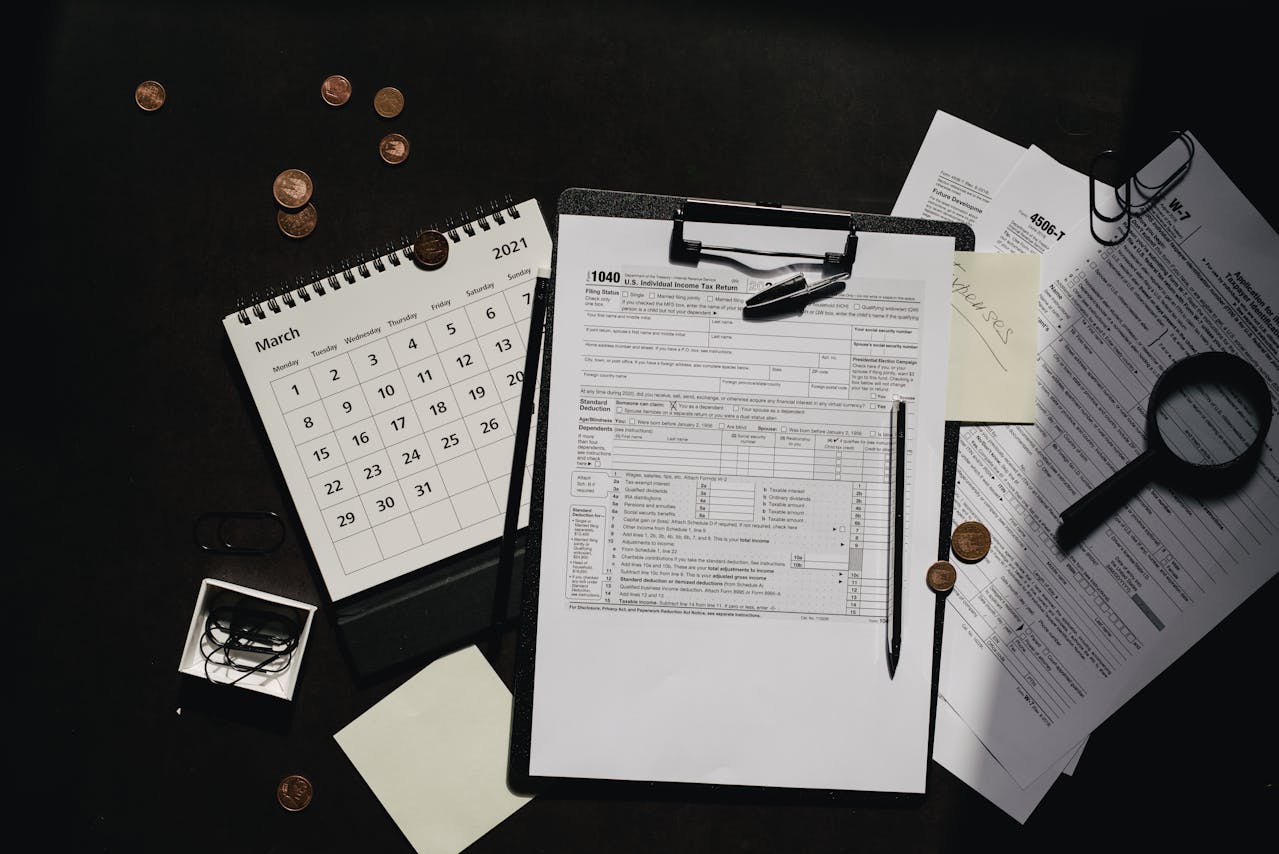
Adding more space or features to your home can boost your comfort and property value. But lately, many homeowners are learning that certain home additions can also trigger a visit—or a bill—from state tax assessors. These officials are on the lookout for upgrades that could increase your home’s assessed value, and therefore, your property taxes. If you’re planning a renovation, it’s important to understand how state tax assessors identify additions and what could land your project on their radar. Knowing which home additions are being flagged by state tax assessors can help you avoid surprises and budget for potential tax increases. Here are the most common flagged projects and what to watch out for.
1. Finished Basements
Finishing a basement is a popular way to add usable living space without changing your home’s footprint. But this upgrade doesn’t go unnoticed. Many state tax assessors are flagging finished basements because they transform previously unfinished areas into valuable square footage. The new living space may be counted toward your home’s total livable area, which is a key factor in property tax calculations.
If your basement now includes a bedroom, bathroom, or kitchenette, expect it to attract extra attention. Permits pulled for plumbing or electrical work often alert assessors to these changes. Even if you complete the work without permits, some states use aerial or in-person inspections to spot finished basements. Before starting your project, check how your local assessor treats basement renovations, since rules can vary widely.
2. Sunrooms and Enclosed Porches
Adding a sunroom or enclosing a porch might seem like a modest upgrade. However, these spaces often count as additional living area once they’re insulated, heated, or cooled. State tax assessors routinely flag sunrooms and enclosed porches, especially if they’re integrated with your home’s main HVAC system or accessible from the main living area.
The value added by a sunroom can be significant, and so can the impact on your property tax bill. If you’re considering this type of addition, factor in the possibility of a reassessment. In many areas, even a simple enclosure with windows can change the way your home is classified for tax purposes.
3. Detached Structures: Garages, Sheds, and Guest Houses
Building a new detached garage, shed, or guest house can provide functional space, but it also grabs the attention of state tax assessors. These structures are easy to spot from the street or in aerial imagery. If they’re wired for electricity, plumbed, or designed for living, they’re almost certain to be flagged.
Guest houses, in particular, can dramatically increase your home’s assessed value. Some states treat these as accessory dwelling units (ADUs), which can lead to a steep property tax increase. Even a large shed or workshop outfitted with utilities may be assessed at a higher value than a simple storage building. Always check your local regulations and consider the long-term tax implications of detached additions.
4. Room Additions and Bump-Outs
Expanding your home with a new bedroom, bathroom, or family room is a clear way to add value—and draw the eye of the state tax assessor. Any addition that increases your home’s square footage is likely to prompt a reassessment. Assessors often monitor building permits and compare property records with recent aerial images to spot changes.
Even a modest bump-out for a larger kitchen or dining area can trigger a review. If your addition involves new foundations, exterior walls, or significant structural changes, expect it to be flagged. Budget not only for construction but also for the possibility of higher property taxes based on your home’s new assessed value.
5. Swimming Pools and Outdoor Living Features
State tax assessors are increasingly flagging swimming pools, outdoor kitchens, and other backyard upgrades. Pools are especially easy to spot from aerial surveys, which many states now use to check for unreported home additions. Even if you don’t pull a permit, adding a pool or a high-end outdoor living space can result in a higher property tax bill.
Outdoor kitchens, permanent fire pits, and elaborate patios with built-in seating or structures may also be assessed as valuable improvements. Some states even count high-value landscaping or hardscaping as taxable property enhancements. Before investing in these upgrades, consider the full cost—not just installation, but ongoing property taxes as well.
How to Prepare for a Tax Assessment on Home Additions
When planning any upgrade, it pays to know which home additions are being flagged by state tax assessors. Start by checking your local rules and asking how specific improvements will affect your assessment. Pulling permits is not only a legal requirement, but it also alerts the assessor to your project. Trying to skip this step may save money upfront, but it can backfire if your addition is found later and reassessed retroactively.
If you receive a notice of reassessment, review it carefully. You may be able to appeal if you think the increase is too high or if your addition doesn’t add as much value as estimated. Staying proactive and informed can help you avoid unexpected costs and keep your budget on track.
Are you planning any home additions, or have you experienced a property tax increase after a renovation? Share your story or questions in the comments below!
What to Read Next…
- 7 Popular Home Additions That Could Void Your Insurance Without Warning
- 5 Things Men Add to Their Homes That Devalue the Property
- 6 DIY Projects That Insurance Companies Secretly Hate
- 10 Common Home Renovations That Lower Your Property Value in 2025
- 7 Costly Home Upgrades That Are Actually Financial Landmines
The post Home Additions That Are Being Flagged by State Tax Assessors appeared first on Clever Dude Personal Finance & Money.







